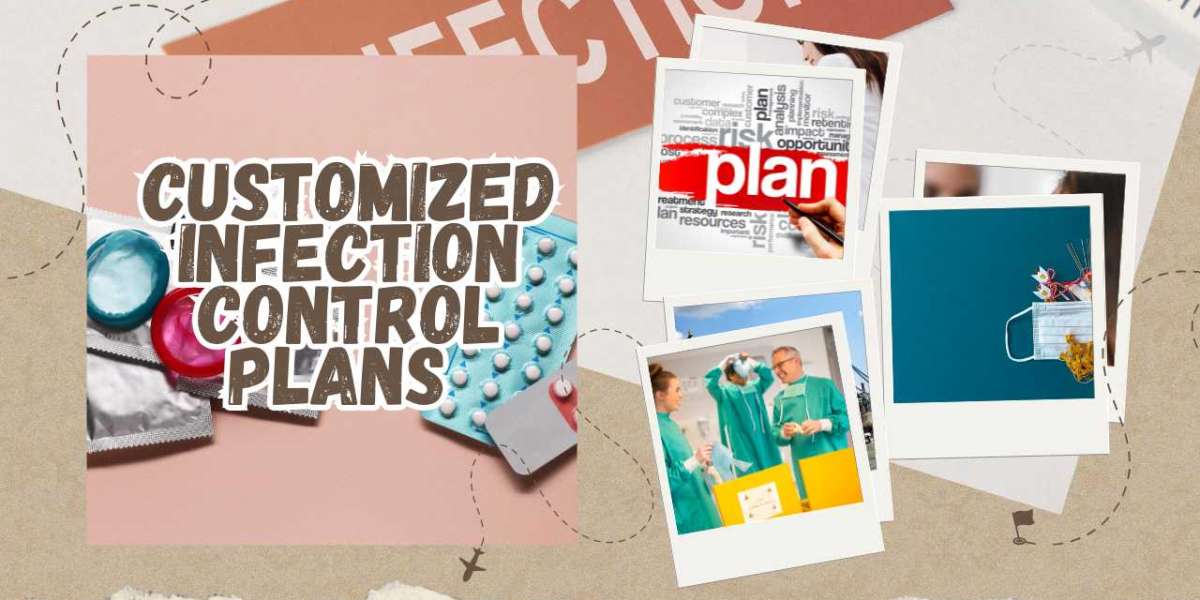In today's healthcare environment, ensuring patient safety is of utmost importance. One critical aspect of this is the implementation of effective infection control strategies. Customized Infection Control Plans (CICPs) play a vital role in enhancing patient safety by addressing the unique challenges and needs of different healthcare settings. This article explores the significance of CICPs in promoting patient safety and preventing infections.
Understanding Customized Infection Control Plans
Customized Infection Control Plans are tailored strategies designed to mitigate the risk of infections in healthcare facilities. Unlike standard protocols, CICPs take into account various factors, including the type of healthcare service provided, patient demographics, and specific environmental conditions. By personalizing infection control measures, healthcare organizations can effectively respond to their unique risk profiles.
Why Customized Infection Control Plans Matter
Targeted Risk Management: Every healthcare facility has its own set of infection risks based on factors such as patient population and service type. CICPs allow for targeted interventions that specifically address these risks, leading to more effective infection prevention.
Enhanced Compliance: Customized plans are more likely to resonate with staff, as they reflect the specific practices and challenges of the organization. This relevance promotes better compliance among healthcare workers, leading to more consistent application of infection control measures.
Improved Patient Outcomes: By implementing tailored strategies that effectively manage infection risks, healthcare facilities can significantly reduce the incidence of healthcare-associated infections (HAIs). This, in turn, leads to better patient outcomes, shorter hospital stays, and reduced healthcare costs.
Adaptability to Emerging Threats: The healthcare landscape is continually evolving, with new pathogens and infection challenges emerging. CICPs can be quickly updated to address these changes, ensuring that facilities remain prepared for any potential threats to patient safety.
Interdisciplinary Collaboration: Developing and implementing CICPs often involves input from a diverse team, including infection control specialists, nurses, physicians, and administrative staff. This collaborative approach fosters a culture of safety and shared responsibility for infection prevention.
Key Components of Customized Infection Control Plans
To effectively enhance patient safety, CICPs should include several essential components:
Comprehensive Risk Assessment: A thorough evaluation of potential infection sources within the facility is crucial. This assessment should consider patient demographics, types of procedures performed, and existing infection control measures.
Clear Policies and Procedures: CICPs should outline specific protocols for infection prevention, including hand hygiene practices, use of personal protective equipment (PPE), and guidelines for sterilization and disinfection.
Ongoing Training and Education: Continuous education for healthcare staff on the latest infection control practices is essential. Customized training programs can help ensure that all employees understand their roles in maintaining patient safety.
Monitoring and Evaluation: Regular audits and performance evaluations are necessary to assess the effectiveness of CICPs. This allows for adjustments and improvements based on real-time data and feedback.
Patient and Family Engagement: Involving patients and their families in infection prevention efforts fosters a culture of safety. Educating them about the importance of hygiene practices can further enhance overall safety in healthcare settings.
Conclusion
Customized Infection Control Plans are crucial for enhancing patient safety in healthcare environments. By tailoring infection control strategies to meet the specific needs of each facility, healthcare organizations can effectively manage risks, improve compliance, and ultimately protect patients from healthcare-associated infections. As the healthcare landscape continues to evolve, the importance of CICPs in safeguarding patient health cannot be overstated. Emphasizing customized approaches will not only enhance patient outcomes but also foster a culture of safety and accountability within healthcare settings.
More visit: https://jadicc.com/customized-infection-control-plans/














